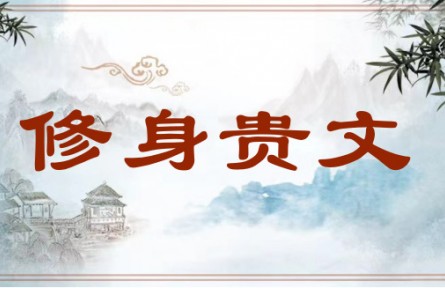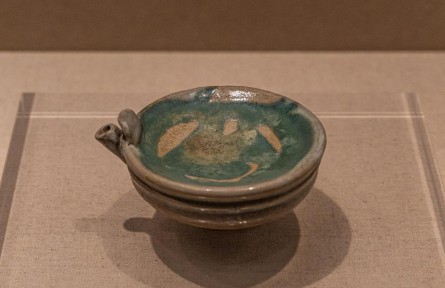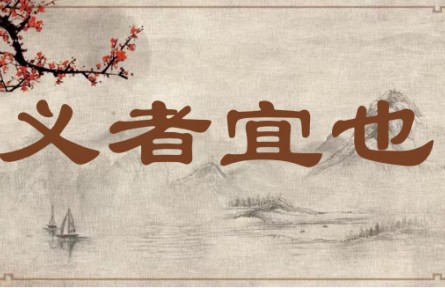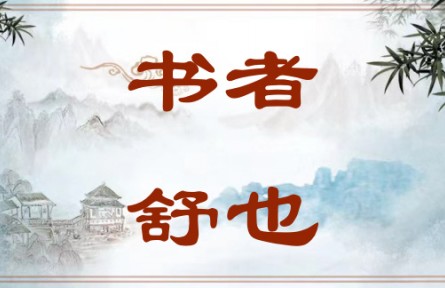燕乐
Banquet Music
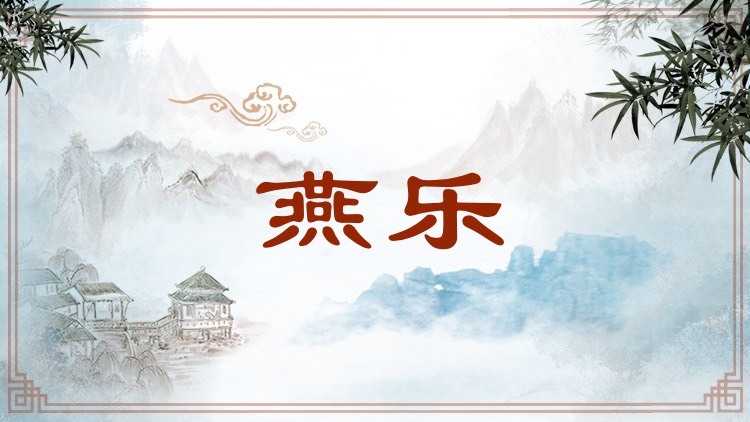
原指天子及诸侯举行祭祀、宴享活动时所用的音乐,隋唐以后专指供宫廷宴享、娱乐用的各种俗乐。燕,通“宴”。“燕乐”最早见于《周礼》,它一般采自民间及周边少数民族的音乐,其特点是有歌有舞。可以说,杂用外族乐舞是“燕乐”起始就有的特色。隋唐时期,随着外来音乐大量传入中国,在汉族及少数民族民间音乐基础上,广泛吸收外来音乐,形成了专供宫廷宴享、娱乐用的“十部乐”。“燕乐”居十部乐之首。后人将隋唐时期的这种包含中外各种元素、歌舞并举、雅俗兼备的音乐歌舞形式也总称为“燕乐”。唐代的民间俗乐舞蹈都属于燕乐,在宫廷郊庙、朝会等大型典礼活动中有时也会用到燕乐。燕乐后来一直延续至宋、元、明、清各朝,今天有些民间乐曲和传统戏曲中的一些曲调,仍可见到隋唐燕乐的遗存。
This term referred originally to the music used by emperors, dukes and princes when they held rituals and feasts. Since the Sui and Tang dynasties, it had come to refer to various kinds of popular music played during feasting and entertainment at court. The term "banquet music" was first seen in The Rites of Zhou, at which time such music generally drew on the music of the common folk and neighboring ethnic minority groups, and comprised both songs and dances. It can be said that outside influence is a characteristic of banquet music from the beginning. During the Sui and Tang dynasties, when there was a great influx of foreign music into China, the so-called Ten Types of Music for feasting and entertainment at court were identified and categorized, among which banquet music was placed at the top of the list. Later generations would refer to the music and dance of Sui and Tang comprising elements from China and abroad, singing and dancing, refined and popular, as banquet music. The folk music and dance of the Tang Dynasty were all categorized as banquet music. Such music was also sometimes used in large ceremonial activities such as ancestral rituals and royal meetings. Banquet music lasted through the Song, Yuan, Ming and Qing dynasties, and even today some folk music and traditional opera tunes can still be found to have elements of the banquet music of the Sui and Tang dynasties.
引例 Citations:
◎宴乐,武德初未暇改作,每宴享,因隋旧制,奏九部乐。(杜佑《通典·乐六·坐立部伎》)
宴享乐,唐高祖武德初年无暇顾及改制新乐,每到宴享的时候,就沿袭隋代的制度,演奏九部乐。
Banquet music: In the early years of the Wude period, Emperor Gaozu of the Tang Dynasty did not have time to produce new music, so when it came to banquets, he followed the Sui system and had the Nine Types of Music played. (Du You: An Encyclopedic History of Institutions)
◎太宗增高昌乐,又造宴乐,而去礼毕曲,其著令者十部……而总谓之燕乐。声辞繁杂,不可胜纪。凡燕乐诸曲,始于武德、贞观,盛于开元、天宝,其著录者十四调二百二十二曲。(郭茂倩《乐府诗集·近代曲辞一》)
唐太宗时增加了高昌乐,又创制宴享乐,删掉了礼毕曲,其明确写进规定的有十部音乐……总称为燕乐。其音声歌词丰富复杂,无法全部记录。凡是用作燕乐的各种乐曲,开始于武德、贞观年间,盛行于开元、天宝年间,记录在册的有十四种乐调共计二百二十二首曲子。
During the reign of Emperor Taizong of the Tang Dynasty, Gaochang music was added, banquet music was created, and the ceremony-ending music was deleted. Ten types of music were explicitly incorporated... and together called banquet music. Their melodies and lyrics are too varied and complex to record here. Of the banquet music that was adopted during the Wude period of Emperor Gaozu and the Zhenguan period of Emperor Taizong, and continued to flourish in the Kaiyuan and Tianbao periods of Emperor Xuanzong, a total of 14 kinds of music tunes and 222 songs were recorded. (Guo Maoqian: Collection of Yuefu Poems)
推荐:教育部 国家语委
供稿:北京外国语大学 外语教学与研究出版社
责任编辑:钱耐安


